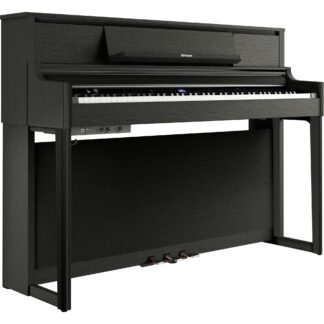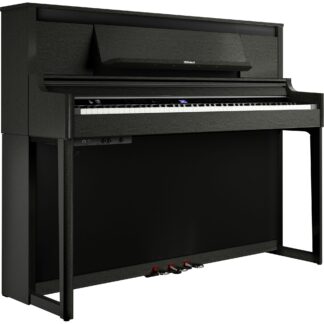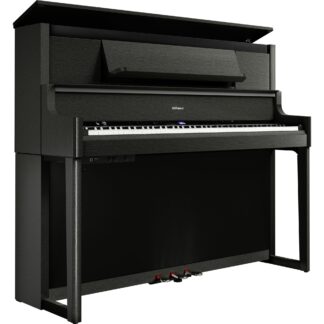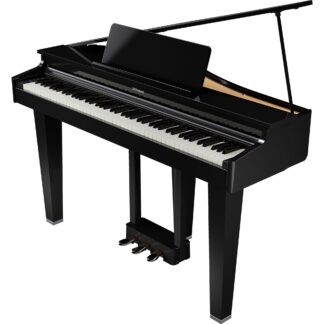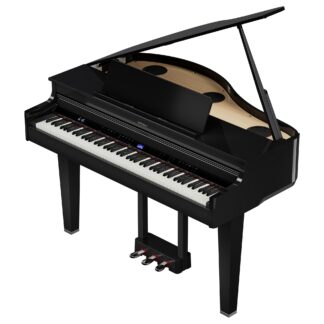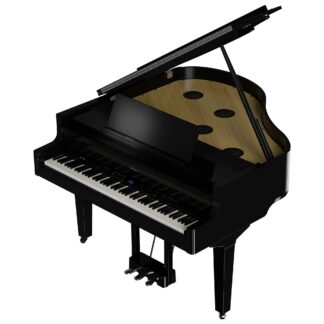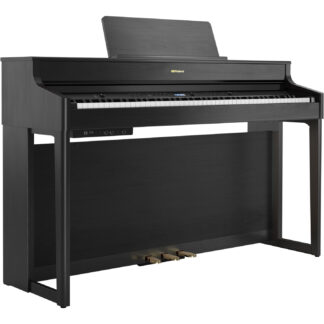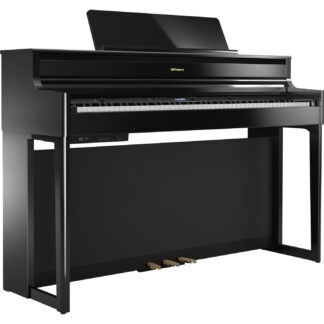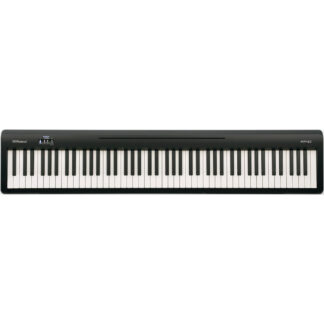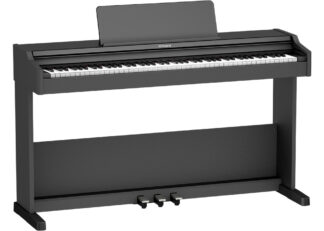If you’re on the hunt for a guitar that’s got style, playability, and modern features, the Ormsby Hype GTR 6 might just be the one for you. This isn’t your typical off-the-shelf six-string – it’s a high-performance instrument designed for players who want something cutting edge. Whether you’re into metal, progressive rock, or just want a guitar that stands out, the Hype GTR 6 has a lot to offer.
Multiscale Design for Better Playability
One of the standout features of the Hype GTR 6 is its multiscale (fanned fret) design. The scale length ranges from 25.5” to 27.5”, which improves tension balance across the strings. If you play in lower tunings, you’ll notice the benefits straight away – tighter low strings and better intonation, without sacrificing the feel of the higher strings. It’s an ergonomic choice too, making it feel more natural when moving up and down the fretboard.
Premium Build and Materials
Ormsby has made sure this guitar isn’t just about high-tech features – it also looks and feels fantastic. The body is mahogany with a poplar burl veneer, giving it a rich and unique look. The neck is three-piece maple, designed for strength and stability. It’s got a smooth ebony fretboard with 24 jumbo stainless steel frets, so you’re getting durability as well as easy playability.
Powerful Pickups and Versatile Sound
The Hype GTR 6 isn’t just about looks – it sounds fantastic too. It comes fitted with Ormsby’s own Hot Rock humbucker in the bridge and a De La Creme humbucker in the neck. This setup gives you a lot of tonal versatility, whether you want warm cleans, crunchy rock tones, or full-on high-gain aggression.
There’s also a coil-split function built into the tone control, so you can switch between humbucker and single-coil sounds, adding even more variety to your tone.
Reliable Hardware for Maximum Performance
If you’re fed up with tuning instability, you’ll love the locking tuners and custom-designed multiscale bridge on this guitar. They keep everything rock solid, even if you’re playing hard or bending strings like crazy. This is a guitar that’s built to handle serious playing without constantly needing adjustments.
What Are Players Saying?
Guitarists who’ve played the Ormsby Hype GTR 6 tend to rave about its comfort and playability. The multiscale design is a big hit, especially for those who like to experiment with tunings. The pickups also get a lot of love for their clarity and punch.
Some players have mentioned that, while the build quality is solid, it might not feel quite as high-end as a full custom shop guitar – but for the price, you’re getting a seriously well-designed instrument that outperforms a lot of other guitars in its range.
Final Thoughts – Is It Worth It?
If you’re looking for a modern, high-performance guitar, the Ormsby Hype GTR 6 is definitely worth considering. It’s got all the right ingredients – great looks, killer tone, and cutting-edge features. Whether you’re playing at home, in the studio, or on stage, it’s a guitar that’s designed to keep up with whatever you throw at it.
If you fancy trying one for yourself, come down to our store and check it out in person – or browse our selection online. You won’t be disappointed!



